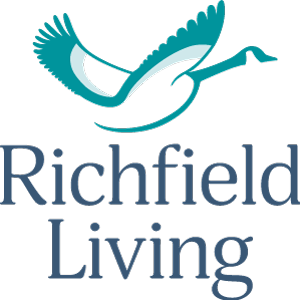How to Compare Senior Living Communities
Determining which senior living community to choose can be a daunting prospect. Luckily you have more options today than ever. And while it can be confusing at first, take comfort in the fact that senior living is no longer one-size-fits-all. Now you have the choice of the care, amenities and budget that fits your needs best. What’s even better, we’ll show you how to compare so you find just the right senior living community.

Also known as independent living, this option is for active seniors who require little daily assistance and want to spend more time enjoying retirement without the hassles of chores and home upkeep. Services and amenities typically include:
- Accommodations such as an apartment, town home or cottage
- Restaurant-style dining
- Housekeeping and laundry service
- Exercise programs
- Concierge services
- Transportation
- Variety of social opportunities, activities and clubs
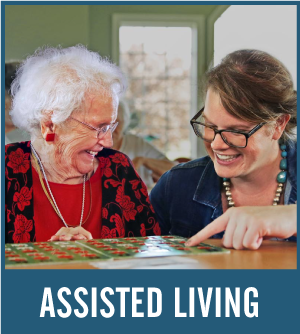
Provides housing, onsite care and support with daily activities. These communities are designed to help residents remain as independent as possible and enjoy an engaging, purposeful life. Services and amenities typically include:
- Comfortable, spacious accommodations
- 24-hour supervision and security
- Three daily meals
- Housekeeping and laundry service
- Exercise programs
- Transportation
- Access to medical services
- Variety of social opportunities and activities

Caters to those with Alzheimer’s disease and dementia and offers 24-hour care and support in a secure, easy-to-navigate environment. Services and amenities typically include:
- Comfortable private or semi-private rooms
- Medical monitoring
- Assistance with activities of daily living
- Emergency call systems
- Structured activities, therapy and exercise programs
- Housekeeping and laundry service
- Enrichment opportunities
- Three daily meals
- Transportation
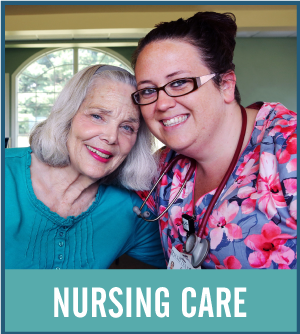
Also known as skilled nursing, these communities offer 24-hour supervised care with a licensed physician or nurse on site, as well as physical, speech and occupational therapists. Services and amenities typically include:
- Comfortable private or semi-private rooms
- 24-hour care and assistance with activities of daily living
- Health monitoring and medication management
- Three daily meals
- Housekeeping and laundry service
- Exercise programs
- Social opportunities and activities
Senior Living Communities versus Staying at Home
Most people want to stay home as they age, that’s a given. But for some the deciding factor is cost; they automatically assume it’s cheaper than senior living and that’s not always the case.
The total cost of living at home isn’t just your mortgage or rent. You must include the monthly cost of food, utilities, home maintenance, property taxes, insurance and entertainment for a true comparison as these things are typically included in the cost of senior living (in one simple monthly bill to boot). Then, factor in the cost of any at-home care and/or modifications and you may find that senior living is actually less expensive!
Aside from the cost, also consider the value of the positive impact on your quality of life with the amenities, social and enrichment opportunities we noted above in all levels of care. Not to mention the peace of mind of a worry-free lifestyle with no unexpected expenses, chores or maintenance and an environment designed specifically for seniors with safety features as standard.
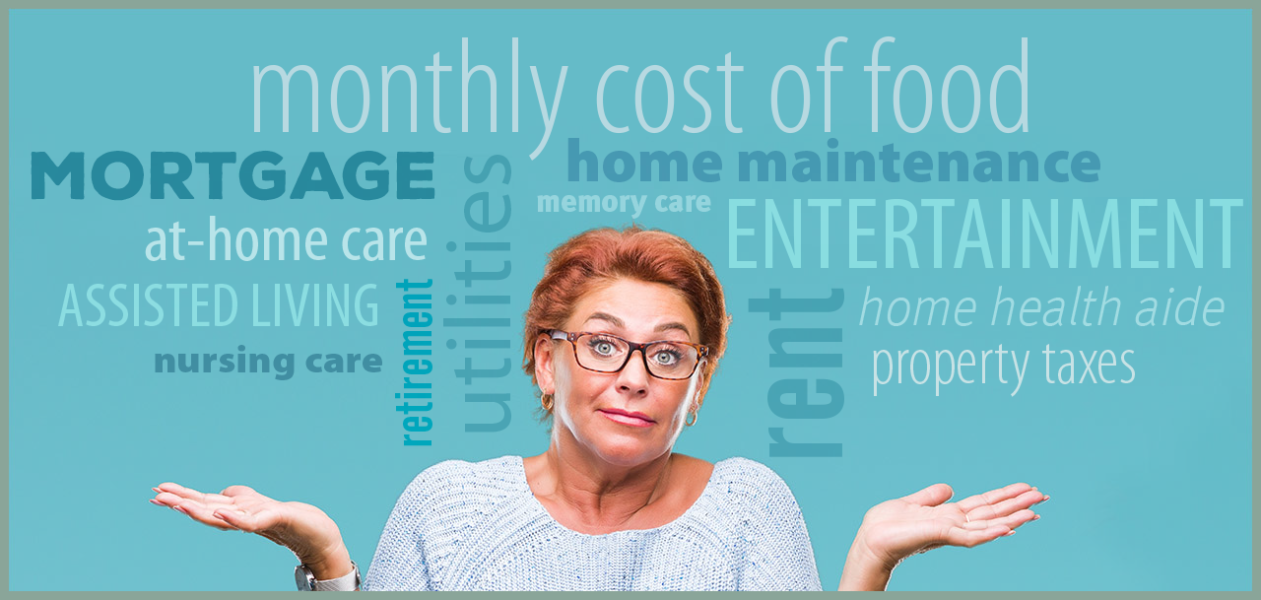
Understanding the Cost of Care
Now that you understand the levels of care and how to realistically compare senior living to home, let’s talk cost. In general, the greater the level of care the greater the cost. Here’s the monthly average you can expect according to the Genworth 2018 Cost of Care Survey.
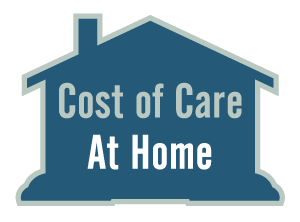
Homemaker services — Help with household tasks that cannot be managed alone: $4,004
Home health aide services — “Hands-on” personal care, but not medical care: $4,195
Adult day health care — Social and support services in a community-based, protective setting: $1,560
Assisted living — Private, one-bedroom: $4,000
Nursing care — Semi-private room: $7,441; Private room: $8,365
Unlike the levels of care above, there is little published data on average monthly costs for retirement living and memory care pricing as it varies greatly by geographic location, services and amenities. Typical ranges are as follows:
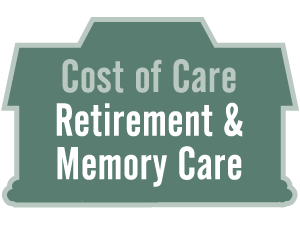
Retirement living — $1,400 to $4,000 per month
Memory care — $2,000 to $7,000 per month
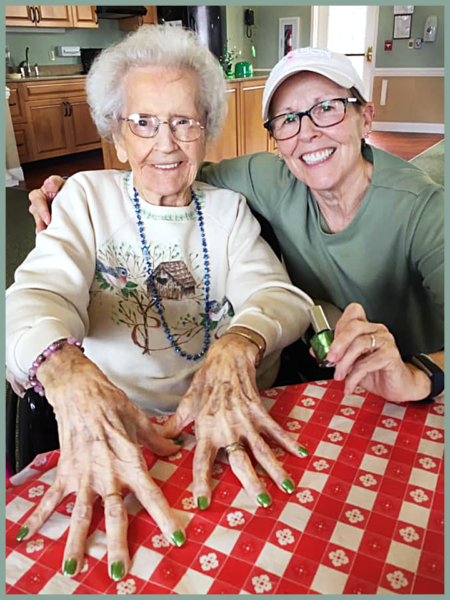
The Value of Richfield Senior Living
While senior living communities that stand alone as retirement living, assisted living, memory care or nursing are available, those like Richfield Living offer this full continuum of care all on one campus. Similar to what’s known as a continuing care retirement community (CCRC), at Richfield you enjoy the added convenience and peace of mind of being able to stay in the same place, with friends, familiar surroundings and continuity of care as your health needs evolve.
What differs between Richfield Living and other CCRCs is that we follow a rental model so there is no large upfront (‘buy-in’) fee to move here and you’re not locked into a permanent contract. Instead, you pay for only what you need and have more financial flexibility for your future. Plus, as a not-for-profit community, you know the investment you make to live here comes right back, not into shareholders’ pockets. Our profits go toward improving the care, programs and services our residents receive and we are committed to being a good steward of your investment.
